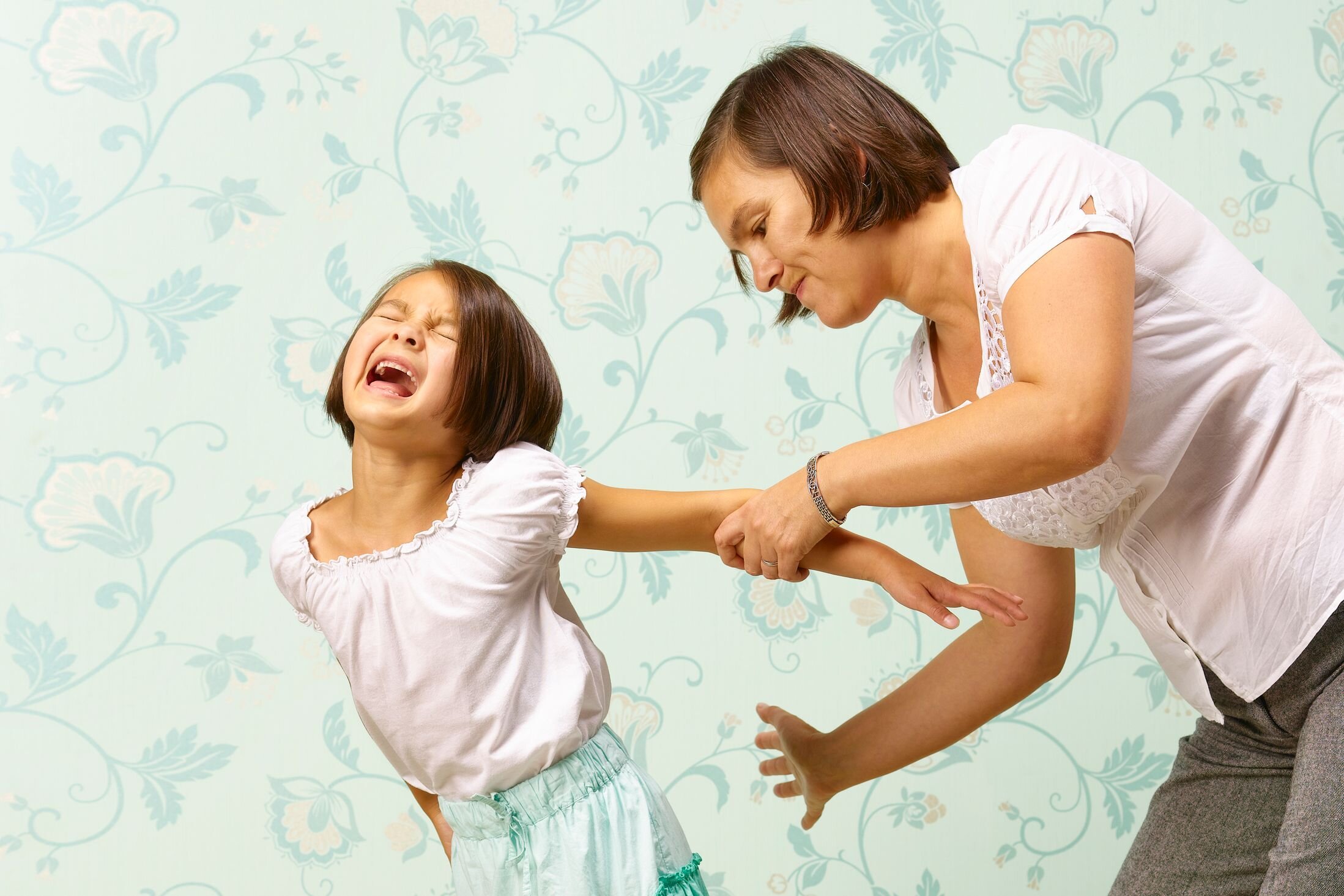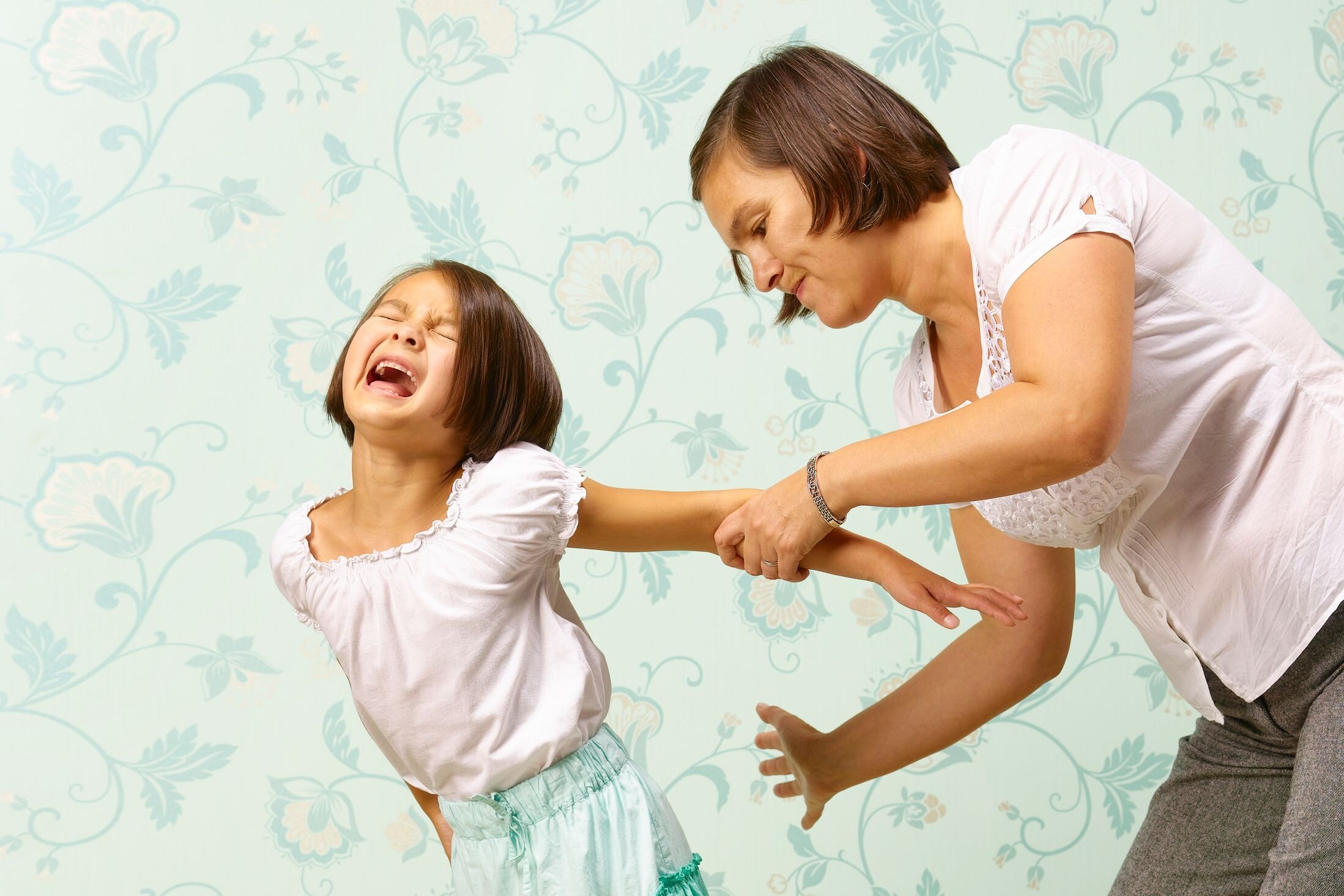In early November 2018, the AAP announced its first spanking recommendation in 2 decades. The updated policy statement strengthened its earlier call to ban corporal punishment and says spanking as a form of discipline harms children physically and mentally, in how they perform in school and interact with other children (from WebMD).
Science Again Says Spanking Hurts Kids Long Term
The original article can be viewed on WebMD’s site.
Update: On February 18, 2019, the American Psychological Association joined other organizations saying that parents should find alternatives to spanking and other physical forms of discipline.
Nov. 14, 2018 -- The first place Mary Katherine Backstrom went after being displaced from her Florida home for 3 weeks by a hurricane in 2017 was the grocery store. Her first-responder husband was working, and she and her 2-year-old son and 4-year-old daughter were tired, stressed, and hungry. But there was no food in the house.
She rushed through an abbreviated shopping list and made it to the checkout line. But then the family’s favorite bagger gave her children balloons, and her daughter instantly and accidentally let hers go. As it floated to the ceiling, Backstrom says, her children dissolved into screams and cries, which she found less than ideal but completely understandable given the circumstances.
“I knew I needed to pay and get them out of this situation, and then, in the middle of all of that, the lady next to me … said, ‘If those were my kids, I’ll tell you what I would do’ -- and she clapped her hands together like she was spanking a child.”
Backstrom, a blogger and founder of Mom Babble, a community of moms online, says she was shocked and couldn’t believe what she was hearing. “I was angry. … My children were responding in a way that was very developmentally appropriate. One child is 4, hungry, and frustrated, and one is 2 and empathetic, and none of those things warrants punishment. Why would I want to beat that out of them?” she says.
She didn’t say anything to the woman at the store, but once she got home, Backstrom says she realized she was still upset. So she recorded and posted a 4-minute video online detailing what happened and how inappropriate she found the stranger’s comments.
“The recommendation to strike a child expressing an emotion was so profoundly wrong that I needed to get online and talk about it,” she says.
She clearly hit a nerve, because her video quickly went viral. Backstrom says she lost count after it was viewed millions of times on multiple platforms and she was inundated with comments from many people who agreed with her and some who didn’t.
“There aren’t many fence sitters when it comes to spanking,” Backstrom says.
But, for some, opposition comes only after trying it first.
“I have spanked a couple of times, and it made me feel sick,” Backstrom says. “I knew on an instinctual level it was wrong, and when my husband and I started looking into the science, we quickly uncovered it wasn’t for us.”
“Just because some people survive it and turn out OK does not mean it’s the best thing for them.
To spank or not to spank can be hotly contested, but a slew of new research points to its negative effects. In light of mounting evidence about the negative and long-term health effects of spanking children, the American Academy of Pediatrics (AAP) has just released a new recommendation aimed at curbing the practice. Still, polls show spanking continues to be practiced by many in the U.S. and around the world.
New Research on Spanking
In early November 2018, the AAP announced its first spanking recommendation in 2 decades. The updated policy statement strengthened its earlier call to ban corporal punishment and says spanking as a form of discipline harms children physically and mentally, in how they perform in school and interact with other children.
“The last policy statement was 20 years ago, and it basically urged parents to look for alternatives. This one actually says don’t spank,” says Jennifer Shu, MD, a pediatrician in Atlanta and a spokeswoman for the AAP.
The organization says new evidence and research not only show that spanking affects a child’s brain development and increases aggression in young children as they get older, but that it isn’t a good way to teach children responsibility and self-control.
“We know more now that stressful events in childhood can create long-lasting harm to a child’s brain as well as anxiety, depression, and other mental health disorders in preteens and adolescents,” Shu explains. “The risks outweigh any potential benefits. … An adult wouldn’t want to be spanked, even in a controlled setting. Why are we treating our children that way?”
The AAP, which in 2000 called for an end of corporal punishment in schools, says the research clearly shows spanking or corporal punishment and harsh verbal abuse may cause more aggressive behaviors. A 2010 study found young children who were spanked more than twice a month at age 3 were more aggressive at age 5. By the age of 9, children who are spanked still had behavior problems and had lower vocabulary scores.
The negative effects of spanking
There are many new studies outlining the negative effects of spanking:
A 2016 analysis of 50 years of research involving more than 160,000 children found the more children are spanked (defined in this review as open-handed hitting on the behind or extremities), the more they are likely to defy their parents and have more antisocial behavior, aggression, mental health problems, and thinking difficulties.
A 2017 study in Child Abuse and Neglect suggested that spanking should be considered an adverse childhood event (ACE) because it produced similar results to other ACEs, including physical and emotional abuse. It also found spanking was associated with higher odds of suicide attempts, moderate to heavy drinking, and use of street drugs as an adult.
The AAP also says research shows that hitting a child, or yelling or shaming them, raises stress hormones that change a child’s brain structure, and that harsh verbal abuse is linked to mental health problems in preteens and adolescents.
Robbyn Peters Bennett, a licensed professional counselor and early childhood trauma specialist in Portland, OR, founded a group called StopSpanking.org in 2012. She says medical research clearly shows spanking has health effects that are similar to those from abuse and neglect.
Bennett says research clearly shows spanking not only damages the parent/child relationship by instilling fear, It also impairs a child’s brain and puts it in a state of defense, which isn’t healthy.
“If you feel safe with your parent, then your whole system is much calmer and your body operates in a very different way,” Bennett says “But if a child is in a state of arousal by threatening, shaming, or hitting, you are influencing their brain to be more reactive. They will see a threat when it’s not there because their brain is being developed to be prepared for a threat.”
Why People Still Spank
Despite the mounting research showing the harmful effects of spanking on children, an ABC News poll conducted last month found 65% of Americans approve of spanking children. A 2017 UNICEF report also found 79% of parents around the world use at least one violent discipline method -- either minor or severe physical punishment or psychological aggression -- while just 21% say they practice only positive parenting and nonviolent methods.
Evangelist, blogger, and father of four Hal Chaffee says he’s always spanked his children and doesn’t mind talking about it. He’s posted two videos to YouTube detailing what he thinks is the right way to do it. The “right way” is not as a stressed parent who spanks out of exasperation, or, worse, anger.
No, Chaffee’s tips include only spanking when you as the adult are in control of your emotions and not yelling or being angry when you do it.
He says spanking should only be used in response to willful disobedience -- not mistakes. He thinks it does need to cause pain that is appropriate for a child’s size and age. His videos have more than 50,000 views, and he says the blog post he wrote on the topic in 2013 remains his most viewed.
“I like spankings for a couple of reasons. I like them because they are quick and easy and done. I’m not going to sit you in a corner for 30 minutes or take things away from you. I’m going to get the point across that you did something wrong and let you go back to your life,” Chaffee says.
He says he’s also found spankings can change undesirable behavior, and he would label research stating otherwise as “hogwash.”
“I believe there is a right and wrong way to spank your kids. There is definitely a wrong way to do it, and I am vehemently against all manner of abuse. If parents are spanking the wrong way, then they will have those difficulties, and I think there are probably a lot of adults that spank their kids the wrong way,” Chaffee says. “But I see plenty of real-life examples of people who spank their children, did it the right way out of love, and you don’t see any of those negative things those studies come up with."
Shu, the Atlanta pediatrician, says that argument is not a sound one. “We didn’t have car seats when I was young, and I turned out OK, but maybe I was the lucky one. What about the ones who didn’t survive not riding in one?” she says. “Now that we have more research, it is time to revise our thinking on spanking. Knowing what we know now, it just isn’t recommended.”
A 2016 CDC report finds that no states limit the use of corporal punishment in homes, although some states have banned it in settings like foster care, day cares, and schools.
There is a movement to educate the public, including #NoHitZones that are being set up in city spaces, hospitals, schools, and pediatric offices. Websites like Bennett’s offer plenty of ideas for alternatives to spanking for parents. The AAP also wants more parent education. Shu says start by making sure you are age-appropriate with your discipline.
“I hear from parents that they think their 1-year-old is being bad or ornery and deserves a spanking, but it’s more that the 1-year old doesn’t know rules and is testing out their environment,” Shu explains. “Parents need to not automatically assign blame or intent to a child that really isn’t doing things in a meaningful way yet. Instead, be age-appropriate and understand where your child is coming from.”
Shu says between the ages of 2 and 5, you can expect children to remember the rules and what they are told. The AAP recommends at this point rewarding positive behavior and being consistent with your actions. Shu says you can also use timeouts, take a break when children need to regroup or recover emotionally, and impose natural consequences to teach good decision making -- such as if you make a mess, you clean it up; or if you break a toy on purpose, it doesn’t get replaced.
If these techniques aren’t working and your children are especially defiant or emotional, Shu suggests reaching out to your pediatrician for advice. “Sometimes it can be helpful to involve a child psychologist or play therapist who can figure out what is valuable to a child,” she says. “Sometimes adjusting the way parents are responding to the child can make a difference.”
Laura M. Lucio, a mother of two in Peoria, IL, says she’s seen changes in her own family since she decided to stop spanking. She started the practice when her oldest began throwing tantrums at 22 months, and the blogger says she did it regularly for about 6 months.
Laura Lucio used to spank her daughter until she realized the effect it was having on them both.
“Part of the reason I think I spanked her was because I had been spanked as a child, and I didn’t know how to deal with the way my daughter’s tantrums would make me feel,” she says. “There is no doubt I wasn’t spanking her out of discipline. I was spanking out of anger, and that is why I eventually quit.”
Lucio says she realized she was getting rougher and rougher with her daughter because the spanking wasn’t changing the child’s bad behavior. She said it only seemed to make the girl scared and cause her to run to her father. Then one day, Lucio caught her daughter playing with two dinosaur toys and having the mommy hit the baby.
“I sat down on the floor and sobbed,” she says. “It seemed to me that she was seeing it as normal for someone to hit a child. I would never hit an adult for not listening to me, so why do we do this to our children?”
Lucio decided then to stop spanking but admits changing her behavior required some painful self-reflection. “I had to dig down deep and look at why am I spanking my child, and the more I did, I realized it had nothing to do with her,” she says. “I wasn’t doing this to make my daughter a better person. I was doing it to make myself feel better and to prove I am a good parent because she listens.”
Lucio hasn’t spanked her child in nearly 2 years and says she knows she is a better parent because of it. But she also admits it takes work to find more positive parenting techniques since there isn't a one-size-fits-all discipline solution for everyone. What's now working for her is setting boundaries, being consistent, imposing natural consequences, and focusing on quality time with her child to build up their relationship. She says she sees the results and can tell that her now 4-year-old is flourishing.
“She is listening better now, and she is just a great child. When she does play time or pretends to be a mom, I want to feel good about what behavior she is imitating, and now I do,” Lucio says. “It took a 2-year-old to finally get me to admit I was addicted to violence and make a change, and I’m thankful for it.”
WebMD Health News Reviewed by Hansa D. Bhargava, MD on November 14, 2018
For more insights, see this article: The Effect of Spanking on Kids’ Brains Similar to Abuse.
Also, read this: Spanking Children: Why does it happen and what are the effects


